Asians in the United States
Asians represent a significant and diverse group in the United States. Comprising 7.1% of adults (23.5 million), their heritage spans a vast range of countries including East Asia, Southeast Asia, and the Indian subcontinent. There’s a wide economic spectrum within Asian households in the US. Recognizing the nuances among Asian sub-populations is crucial for businesses. The current system of identifying sub-populations has room for improvement; the US Census Bureau is exploring ways to refine categories for ethnic and racial identities.
Many Asians came to the United States during different periods: in the 1860s, primarily Chinese laborers contributed to railroad construction; later, individuals from countries where the US had military engagements, such as Filipinos, Koreans, and Vietnamese, sought refuge; and post-1965, legislation welcomed skilled professionals from India and Taiwan. Throughout history, various Asian communities have faced challenges in the US, with the Japanese internment during WWII being a notable incident. Recent events have seen some individuals of Chinese descent facing undue blame related to the Coronavirus outbreak in 2020. It’s concerning that the 2022-23 MacroMonitor indicates heightened stress about personal safety among some Asians.
Educational attainment among Asians, particularly those with a 4-year college degree or more, often aligns with roles in skilled professions, leading to stable financial situations. The average income for Asian households ($155,000) surpasses the national average. Consequently, many Asian households have a higher discretionary income compared to the national average, allowing for more savings and investments.

Like many in the US, Asians aspire to a fulfilling life encompassing freedom of choice, family well-being, home ownership, and a secure retirement. In pursuit of these goals, Asians, on average, have diverse financial portfolios ranging from traditional savings accounts to modern investments like cryptocurrency. It’s interesting to note the varying investment behaviors among different Asian communities, with some being more risk-averse than others. |

The accompanying graphs showcase the age distribution among different Asian subgroups. On average, Asian households (HHs) are younger with a mean age of 47, compared to the overall US average of 52. When we look at age rankings: Asians without a college degree average at 55 years; those with financial assets exceeding $1m have a mean age of 53; followed by Filipinos at 51, Chinese at 47, and Indian Asians at 42. Notably, Asian Indian heads predominantly fall within the Millennial age group, with 42% aged between 25 and 39. This younger demographic often has a higher risk tolerance in financial matters, given the longer time horizon they have to recover from potential financial setbacks. Their trust in fintech solutions and their emphasis on environmental and social responsibility mirror the sentiments of many contemporary young adults. While recognizing the diversity within the Asian community, it’s observed that Asian Indians share many characteristics with their generational peers. For investment firms aiming to engage younger investors, these insights are invaluable. A key takeaway for financial institutions is that 38% of Asian households have a moderate trust in fintech services, compared to 30% who have a high trust in traditional banks. Values such as respect, honesty, and responsibility play a significant role in determining the financial affiliations of younger adults.
Many Asians follow a traditional life trajectory that includes education, employment, marriage, raising a family, and retirement, with the hope that subsequent generations will emulate this path. Such expectations can sometimes place considerable pressure on young Asian adults to meet high standards. It’s crucial to approach the topic of mental health with sensitivity. Some young Asians face societal pressures, which, combined with external judgments and potential threats, can contribute to mental health challenges.
Insights
- Asian households, on average, have a diverse investment portfolio, with certain communities like Asian Indian and Chinese households being particularly active.
- Social connections play a role in financial decisions for many Asians, with a significant number relying on advice from friends and family.
- The preference for online channels among some Asians might stem from the perceived reduction in potential biases or judgments.
- Younger Asian households, especially Millennials, value socially responsible organizations and are open to fintech solutions.
Don’t miss the next planned 2-Minute video First Trends Briefing about Transactions and Channels with Larry Cohen, Director of MacroMonitor.
For more First Trends, stayed tuned on RFI.Global, RFI Global on LinkedIn, or email us on MacroMonitor_Team@rfi.global.
Subscribers have access to all 2022-23 MacroMonitor data collected between December 2022 and January 2023.
About the Author
Larry Cohen is Director of The MacroMonitor, the largest and longest running syndicated program on household financial needs in the US today. Since 1978, this program has been providing a holistic understanding of the evolution of consumers’ financial needs.
Larry consults with all types of financial services institutions, associations, government agencies, and universities on consumer financial services such as macroeconomic trends, segmentations, new product and market innovations, strategic planning, and direct marketing.
Prior to working at RFI, Larry was Vice President and Director of Consumer Financial Decisions (CFD) with Strategic Business Insights (SBI), an employee-owned spin-off from SRI International. Larry holds an M.B.A. from the Graduate School of Management of Rutgers University (Newark, New Jersey), and a B.A. in interdisciplinary social sciences from Syracuse University (New York).






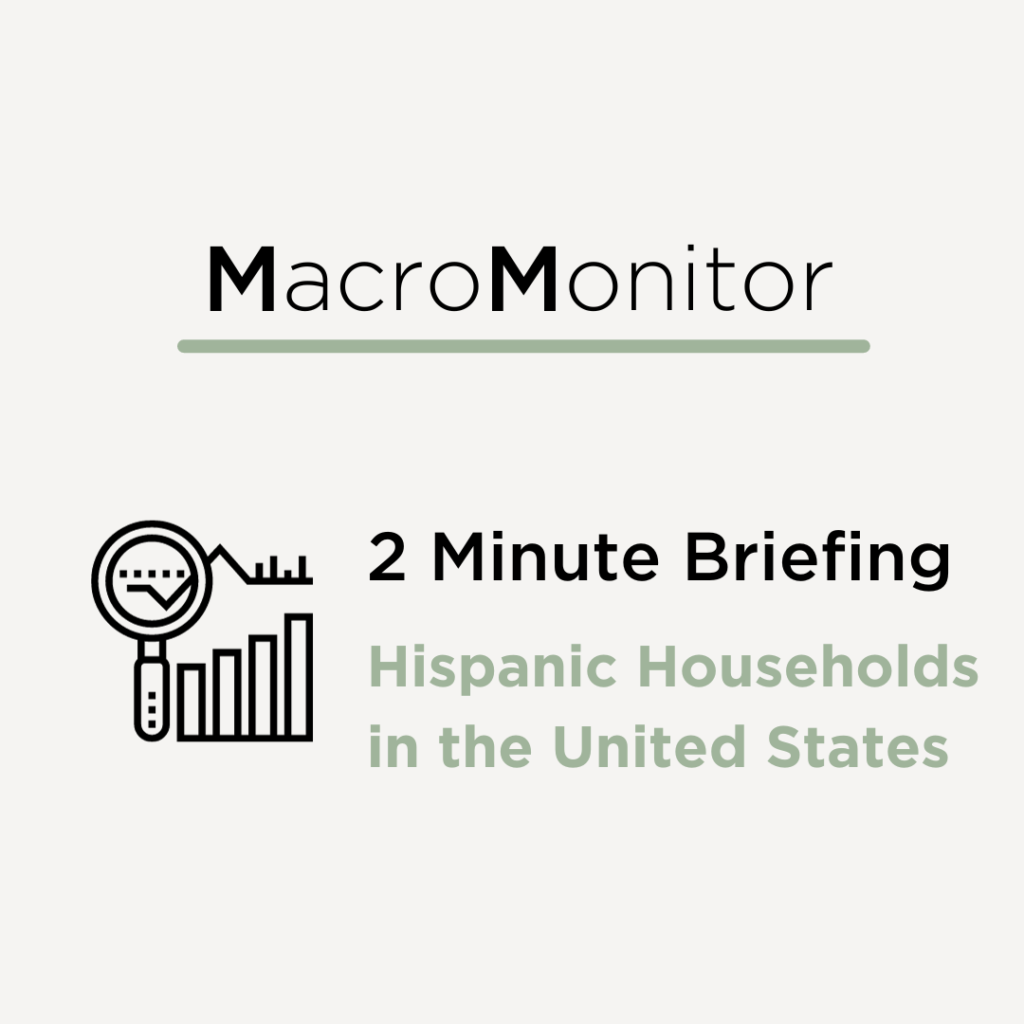













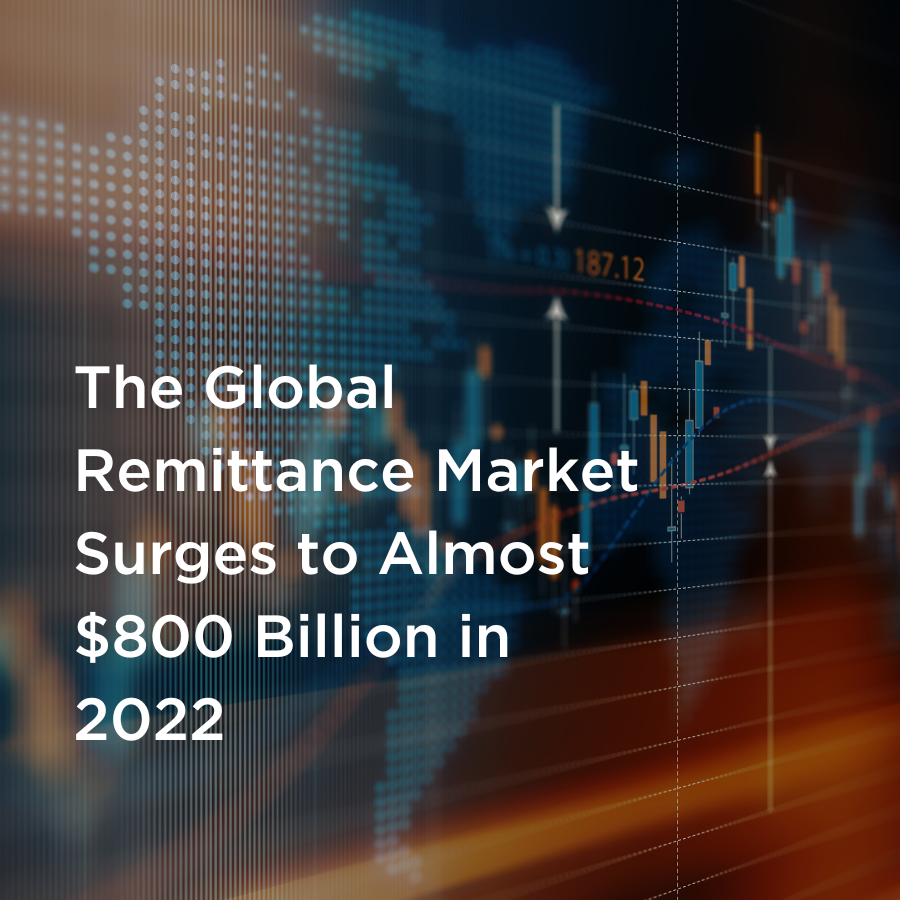





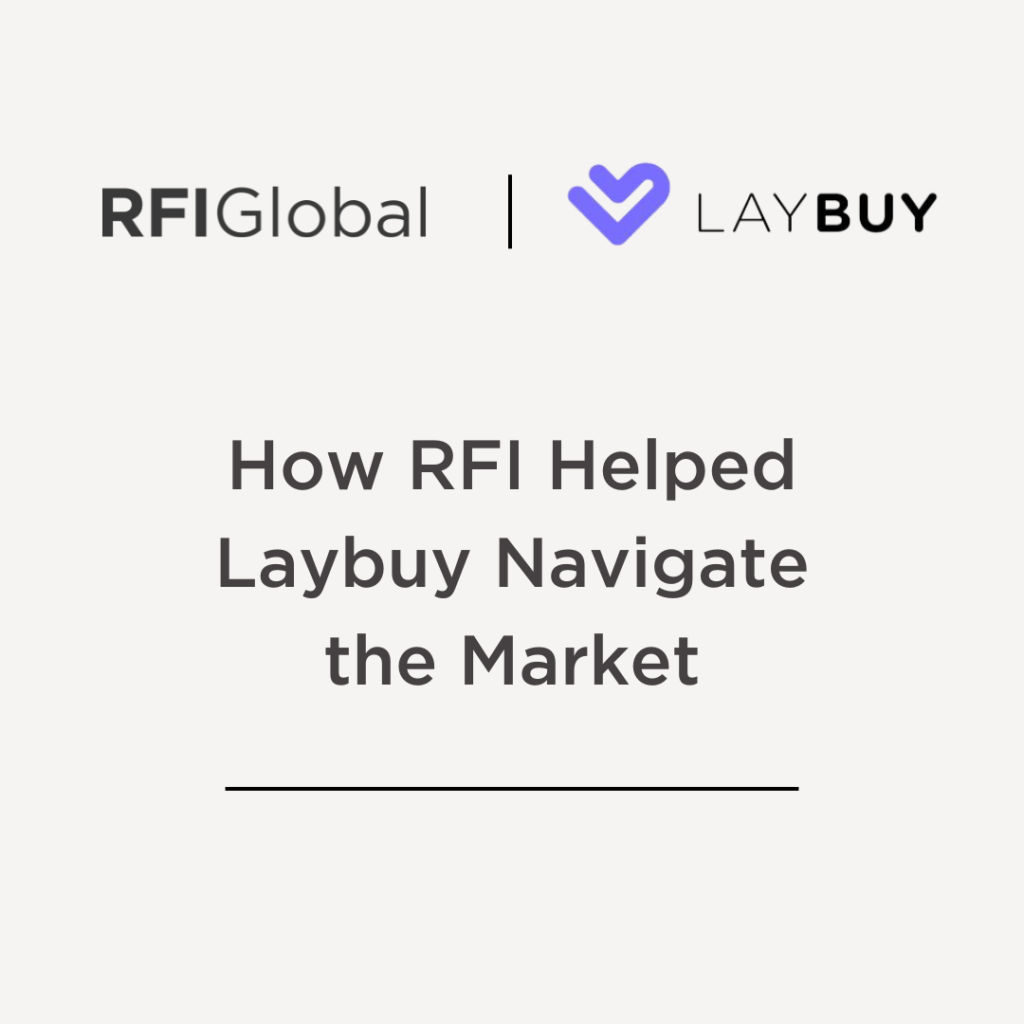








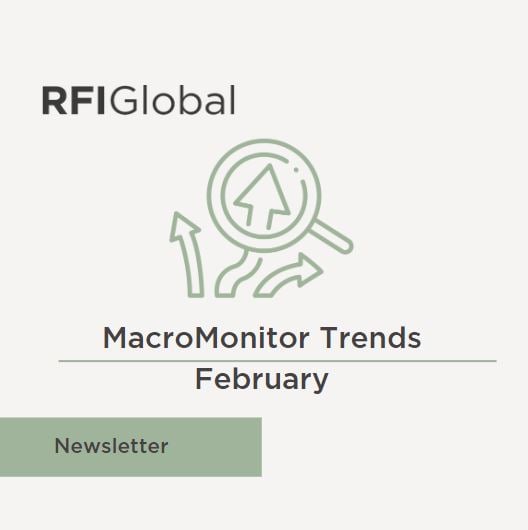


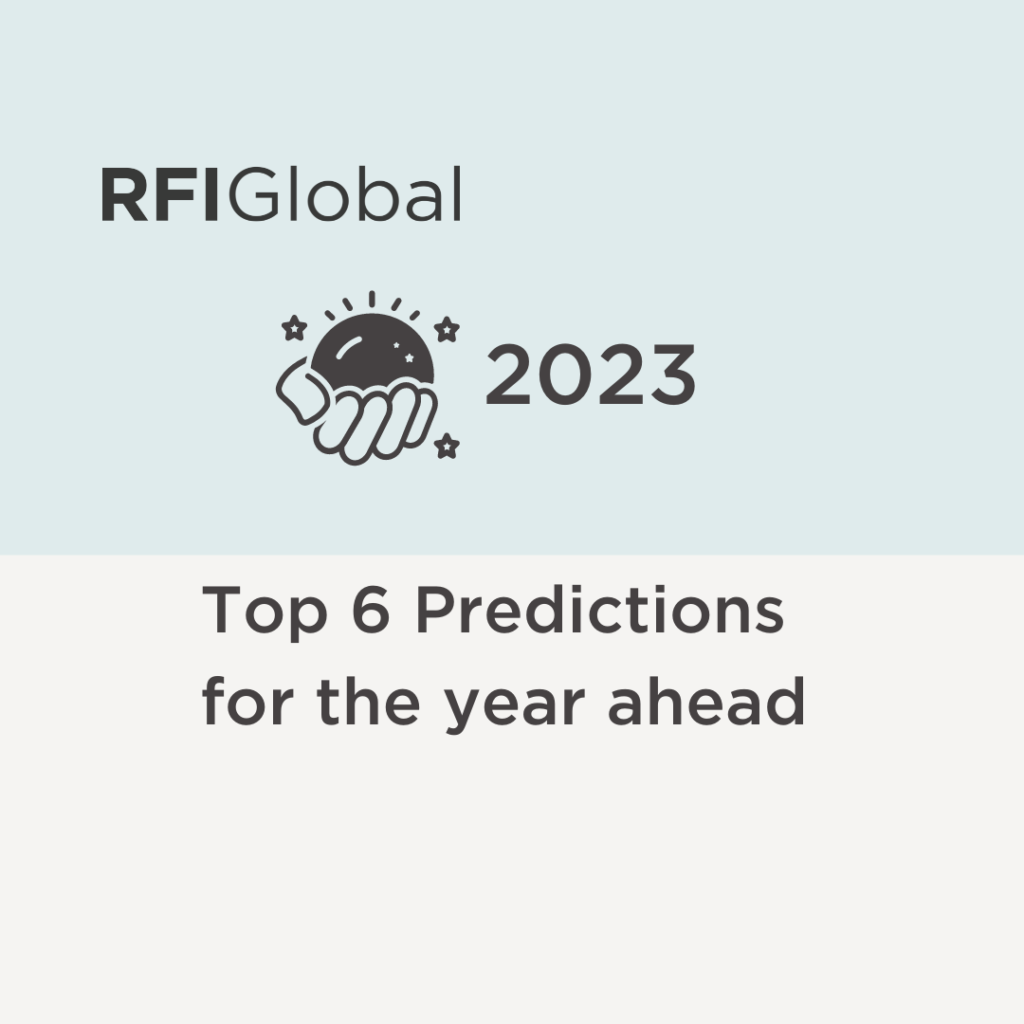

































/NQA-ISO-27001-Logo-UKAS.jpg)